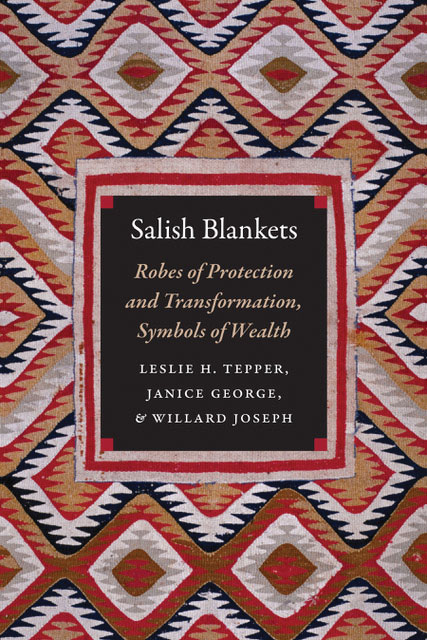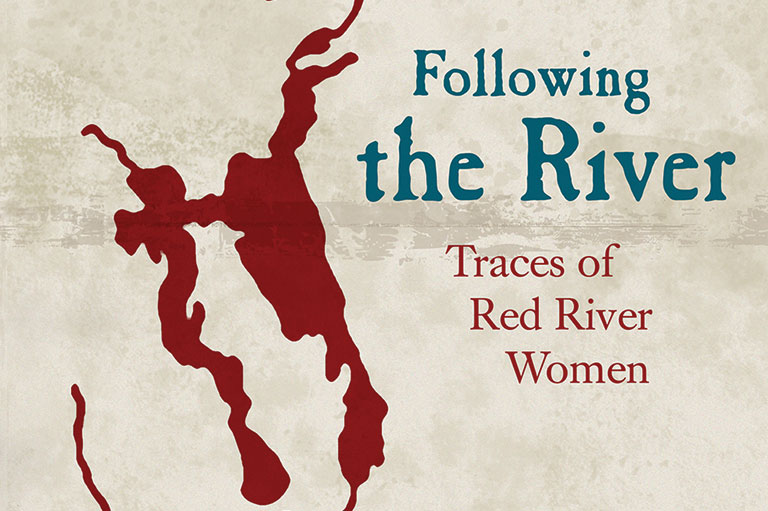Discover a wealth of interesting, entertaining and informative stories in each issue, delivered to you six times per year.
Salish Blankets

Salish Blankets: Robes of Protection and Transformation, Symbols of Wealth
by Leslie H. Teppet, Janice George, and Willard Joseph
University of Nebraska Press
217 pages, $82
By the early twentieth century, Salish weaving as a creative art form and a key element of Salish First Nations culture was almost lost. Two of this book’s authors — Janice George (a hereditary chief) and Willard Joseph of the Squamish First Nation — have been active in reviving traditional weaving through their own practice and by teaching others. In Salish Blankets they are joined by Leslie Tepper, curator of Western ethnology at the Canadian Museum of History, who brings historical and international information as well as an academic slant.
The book describes the blankets of the Salish First Nations, including their designs, their history, how they are woven, and their enormous cultural importance. It is detailed and well-researched, based on information obtained from weavers, oral histories by elders, and archives and blankets from the Canadian Museum of History as well as international museums. Additional information is presented via photographs, illustrations, tables, and two appendices. Historical black-and-white photographs are particularly evocative.
Salish Blankets describes the extraordinary complexity of ceremonial blankets and robes and their connection with both the natural and supernatural worlds. The blankets are considered objects of power and play an important role in feasts and ceremonies. They offer emotional strength and spiritual defence to their wearers and are also symbols of wealth.
By providing detailed insight into Salish weaving, Salish Blankets not only helps to revive this traditional craft but also sheds light on west coast Indigenous culture.





